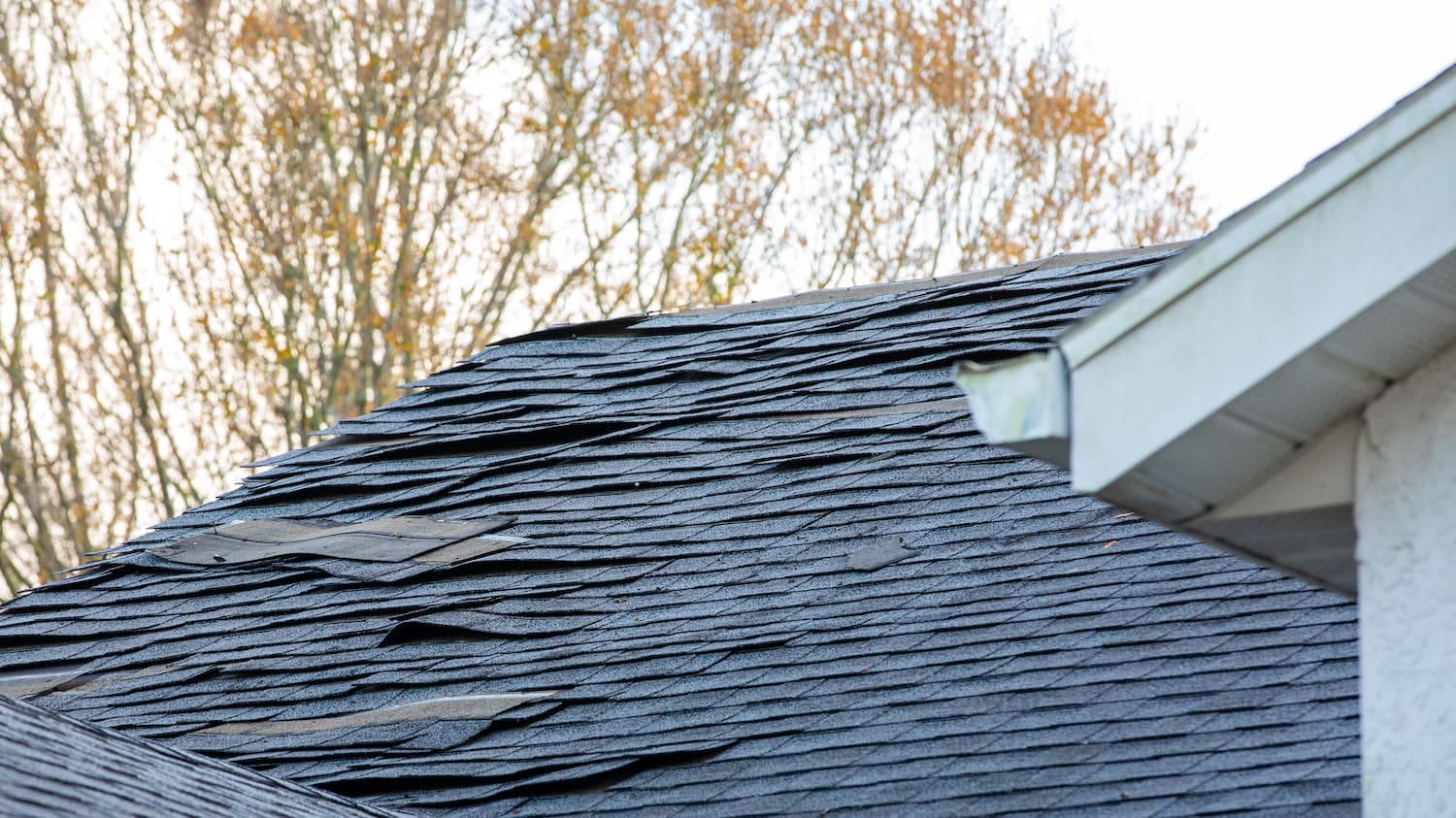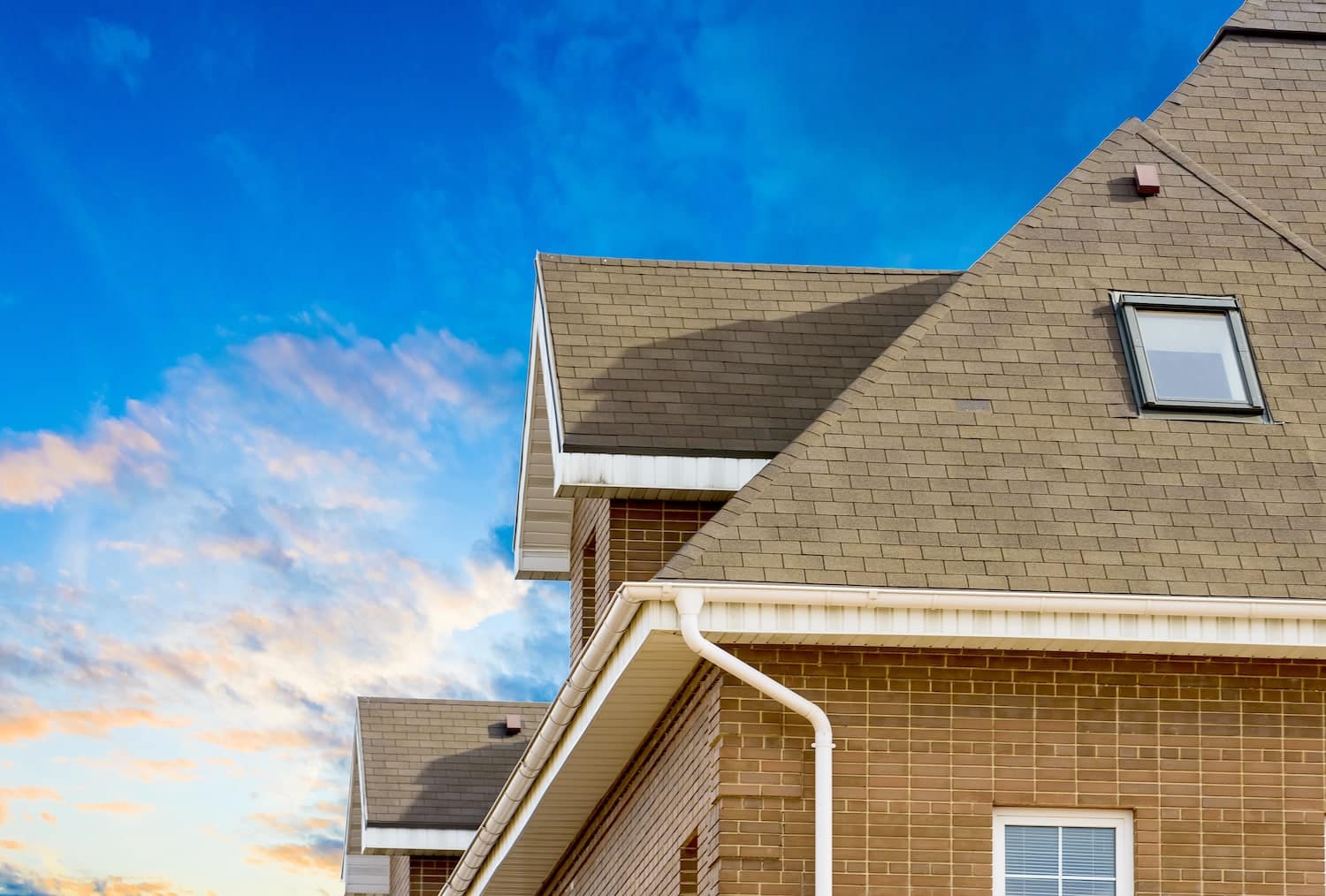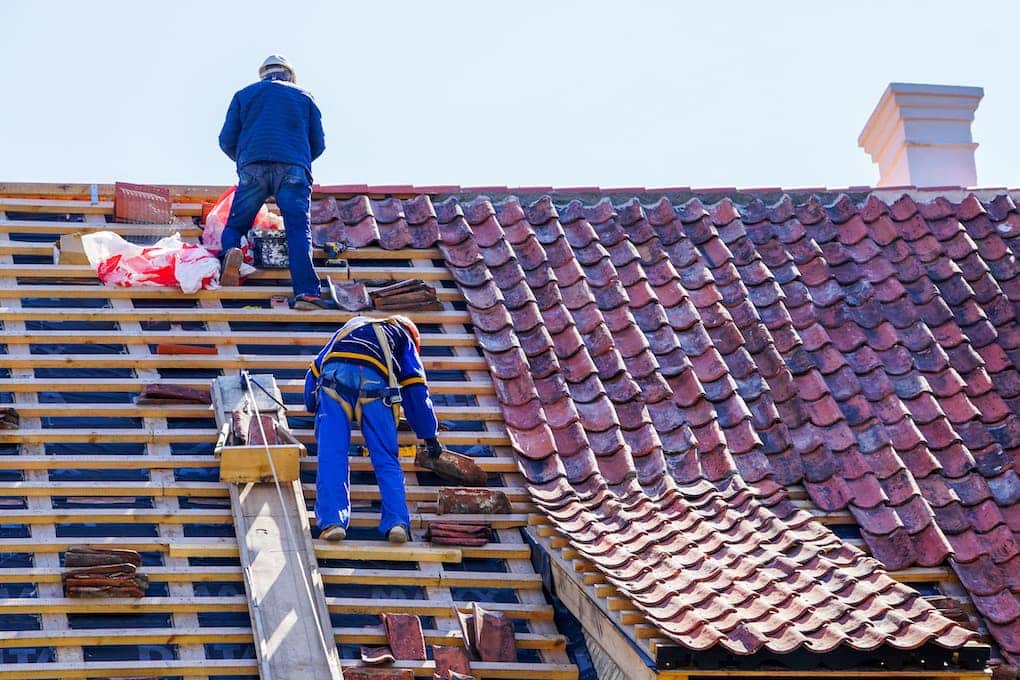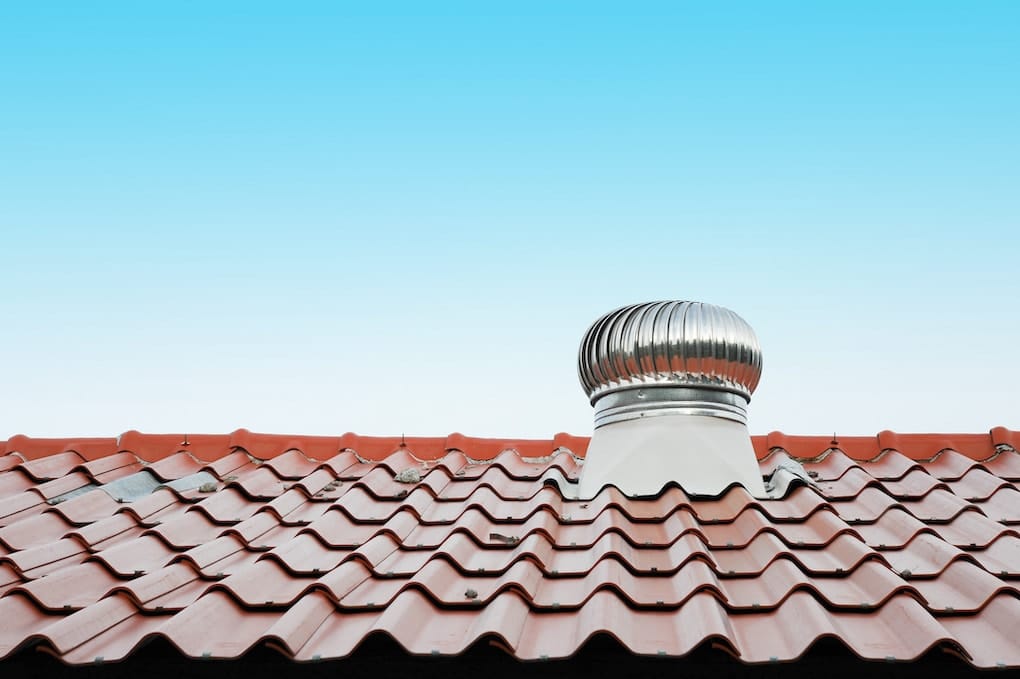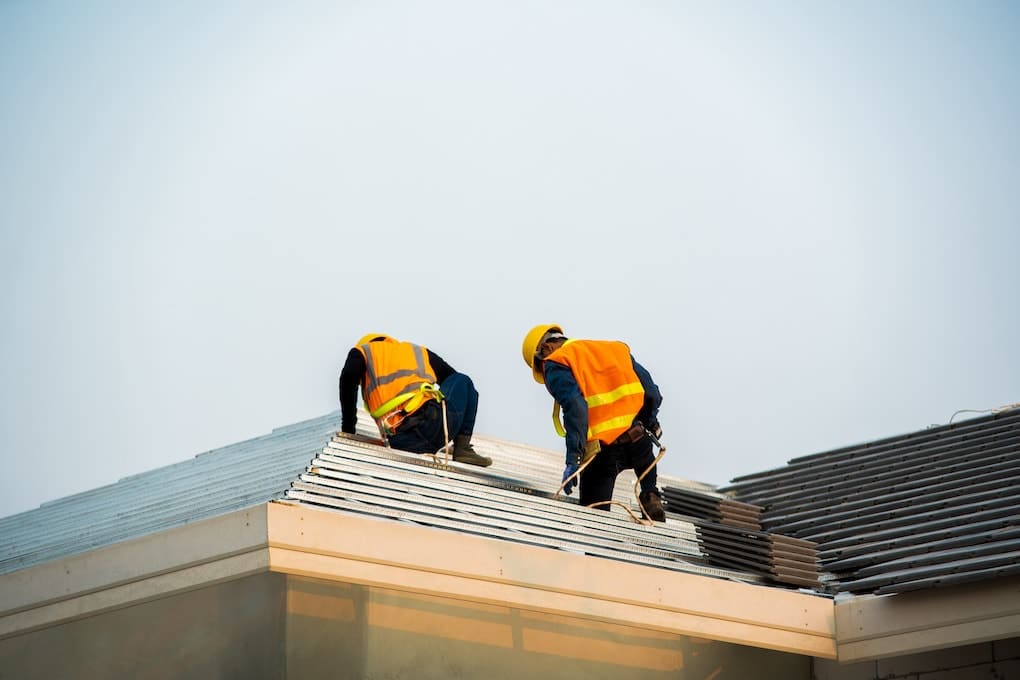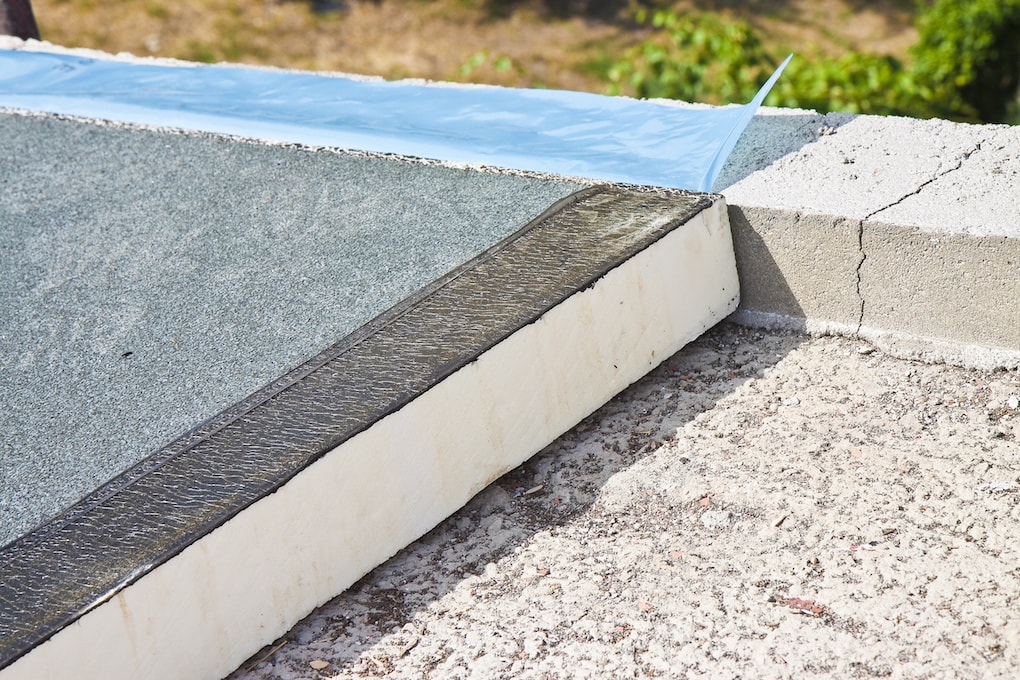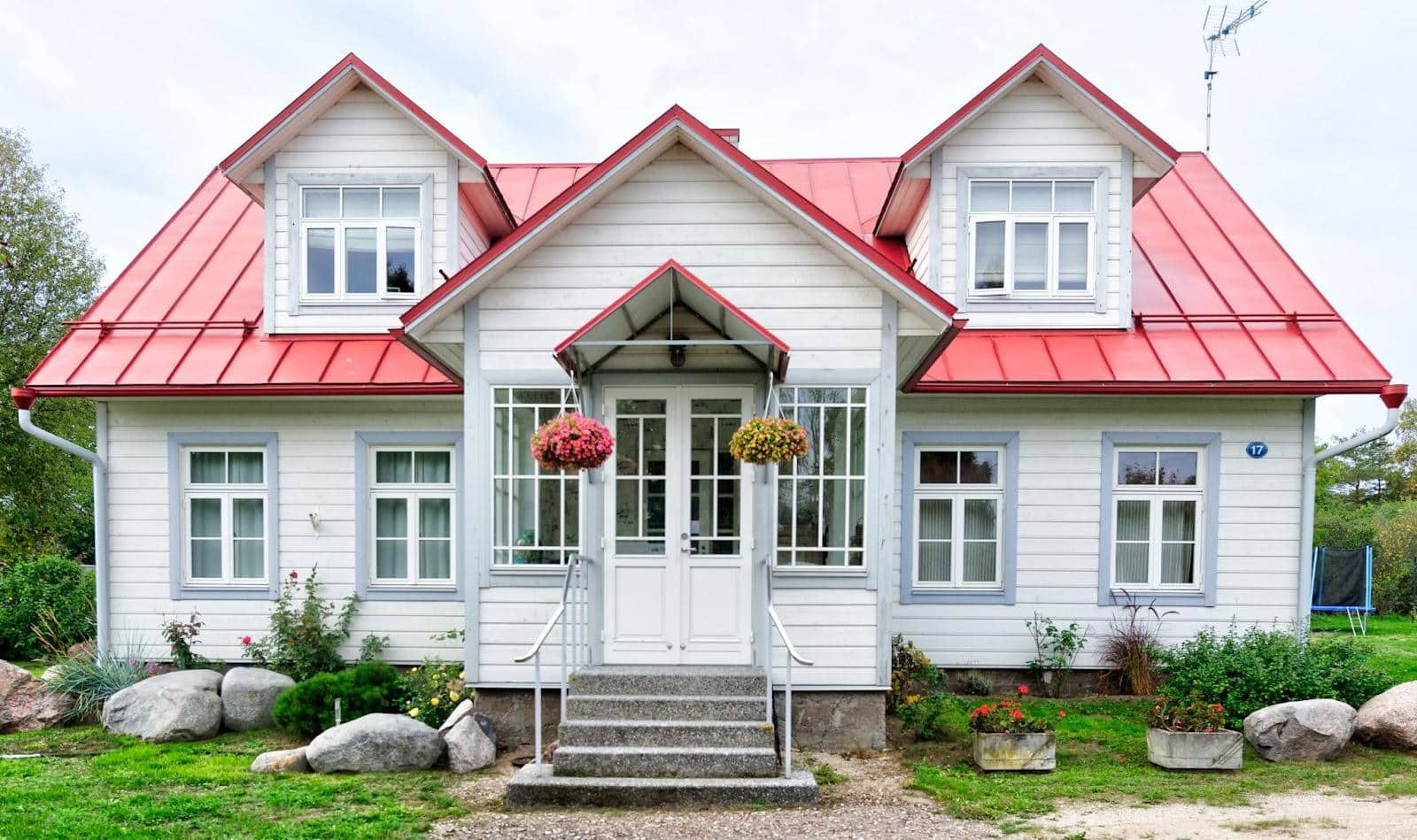
6 Pieces of Design Advice for Coordinating Your Roofing and Siding
Every home deserves to be attractive on the outside, and safe and warm on the inside. Unfortunately, the most noticeable portions of your home’s exterior are also the most expensive: the siding and the roof. What do you do if you want to coordinate these portions of your property? How can you make them work together? Here are some design tips for anyone struggling to pair their roofing and siding.. 1. Your Property Is Only As Safe as Your Exterior Although a lot goes into the security and longevity of a property, much of it can be boiled down to how good the siding and roofing are. Beyond the attractiveness they’ll offer your property, take the time to look into the life and protection they’ll give and make sure to choose carefully. A roof should be able to last at least thirty years and be made of a material that’s sturdy yet flexible. This type of roof is one that can handle hurricanes and storms but also keep out the heat of a blazing summer and the moisture that comes from extreme humidity. On the other hand, your siding is something that should also be strong enough to last for years. Look for board and batten siding with enough insulation to block out insects, moisture, and weather that could threaten your property. 2. Have Fun With Stark Differences Bold contrasts are in, and with it comes the stark beauty of homes that understand that opposites work well together. This can be seen in the increase of white houses with black trim, and the rise of homes with orange terracotta roofing and gorgeous muted blue paint. Don’t let this trend end at just colors, though. Consider playing with contrasting textures and shapes as well, and allow your home to really stand out. 3. Keep Up With Trends Housing and siding styles go in and out of fashion every few years. Although board and batten siding has been popular for a while now, it’s hard to predict what will catch the eyes and imaginations of people next year. If you look at current trends, you’ll often find the most popular siding options have a larger catalog of colors, which will give you more options when choosing the best one to pair with your roof. 4. Get a Roof That’s Built to Last Concrete, clay, and slate tiles last the longest, with some lasting 100+ years in the right conditions. Because of this, you must pick a style that will look amazing for every single one of these years while being easy to replace and still cost-effective. Look at the other homes in your neighborhood, and become familiar with what type of roofing they have. Although having a cookie-cutter home that matches your neighbors isn’t thrilling, you can get inspiration by noticing what you like or don’t like about their selection. 5. Siding Does More Than Just Boost Curb Appeal Your siding is the first insulation layer between your home and the outside world. Because of this: you should pay attention to what type of siding you get, and ensure that it can handle the temperature fluctuations and weather in your area. Get siding that’s made out of more weather-resistant materials. The longest-lasting types of siding are vinyl and metal. Both of these types can be broken down into many different types of siding, but they’re the kind that lasts at least thirty years and will hold up against a storm or other tragic weather event. Your siding should buffer against noise pollution, insect infestation, weather, moisture, and anything else the world outside throws at it. Although you may feel unsure about picking what color goes with something so strong, the good thing is that most siding can be painted and changed at any time. So if you paint your home and realize you don’t like a navy blue exterior, you can wait and then paint it whatever other color you want, and nobody will be able to tell you changed your mind. 6. Consider Going for Tonal Similarities Tonal similarities are a good cheat code to get your roof and siding to go together without having to be too matchy-matchy. This means choosing similar shades of colors that create contrast without being too vastly different. This means that if your shading is a cool-toned green, you don’t go for a terracotta orange roof but instead for a cool-toned slate roof. Avoid Clashing These Two Very Expensive Portions of Your Home Whether you’re updating them at the same time or spacing it out by a few years, you can coordinate these two very expensive portions of your property. To do so, take a step back and consider color trends and your personal style. Roger Marx is a contributor to the Innovative Building Materials blog. He is a content writer for the construction and home improvement industries with an interest in landscaping, outdoor remodeling, and home renovation. Roger is focused on educating homeowners, contractors, and architects on innovative materials and methods of construction that increase property value and improve sustainability.


